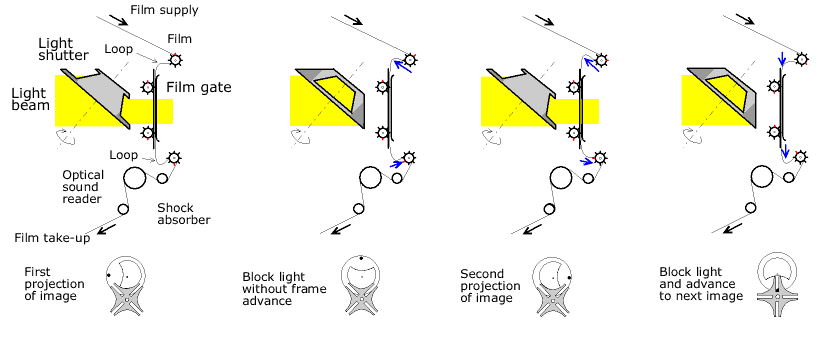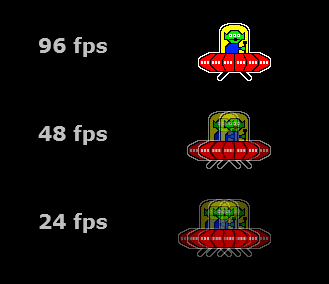Hello,
Thanks for SVP4 which at home is more stable than SVP3.
However on my PC the function crooping results in a big drop in performance ... I find it weird :
In x4 and 1920x1080 (setting by default / 12 px. Average 2) with "cut off black bars" activated it is stable limit and completely unstable below 12 px. ... If I disable "cut off black bars" it is stable with 7 px. Small 2 !?
But this is not very serious since with my GTX650Ti I have no bug with the activated black bands (which I had with SVP3 and an HD6850).
I have some questions about SVP4.
In Auto mode there are 9 settings (fi_auto_adjust = -50/-40/-30/-20/-10/0/+10/+20/+30)
What are these settings in Manual Mode ?
Because regardless of the automatic settings selected when switching to manual mode, you have :
Motion vectors precision : Half pixel
Motion vectors grid : 12 px. Average 2
Decrease grid step : Disabled
Search radius : Average
Wide search : Average
Width of top coarse level : Large
Processing of scene changes : Repeat frame
Rendering device : Do not change
I suppose these settings do not change regardless of the automatic setting (fi_auto_adjust) ? :
Frames interpolation mode : Adaptive
Processing of scene changes : Repeat frame
Rendering device : Do not change
What are the manual settings for fi_auto_adjust = -50/-40/-30/-20/-10/0/+10/+20/+30 ?
Artifacts masking : ?
Motion vectors precision : ?
Motion vectors grid : ?
Decrease grid step : ?
Search radius : ?
Wide search : ?
Width of top coarse level : ?
Here is a real example (SVP X4) starting from 3 original frames of different algos, I also added SVP X2 1m + madVR Smooth Motion and Premiere CC 2017 Optical Flow.
My settings (smaller Motion Vector Grid for maximize artefacts) :

I also changed type=2 by type=4 (analyse.main.search.type)
2: Hexagon search (most lightweight)
3: Uneven Multi Hexagon (UMH)
4: Exhaustive search (most heavyweight)
SVP X4 Uniform-1m-1.5m-2m (Resized@50%)
SVP X4 Uniform-1m-1.5m-2m (Original Size)
Can you give us details on "Width of top coarse level" and "analysis.main.search.type" ?






